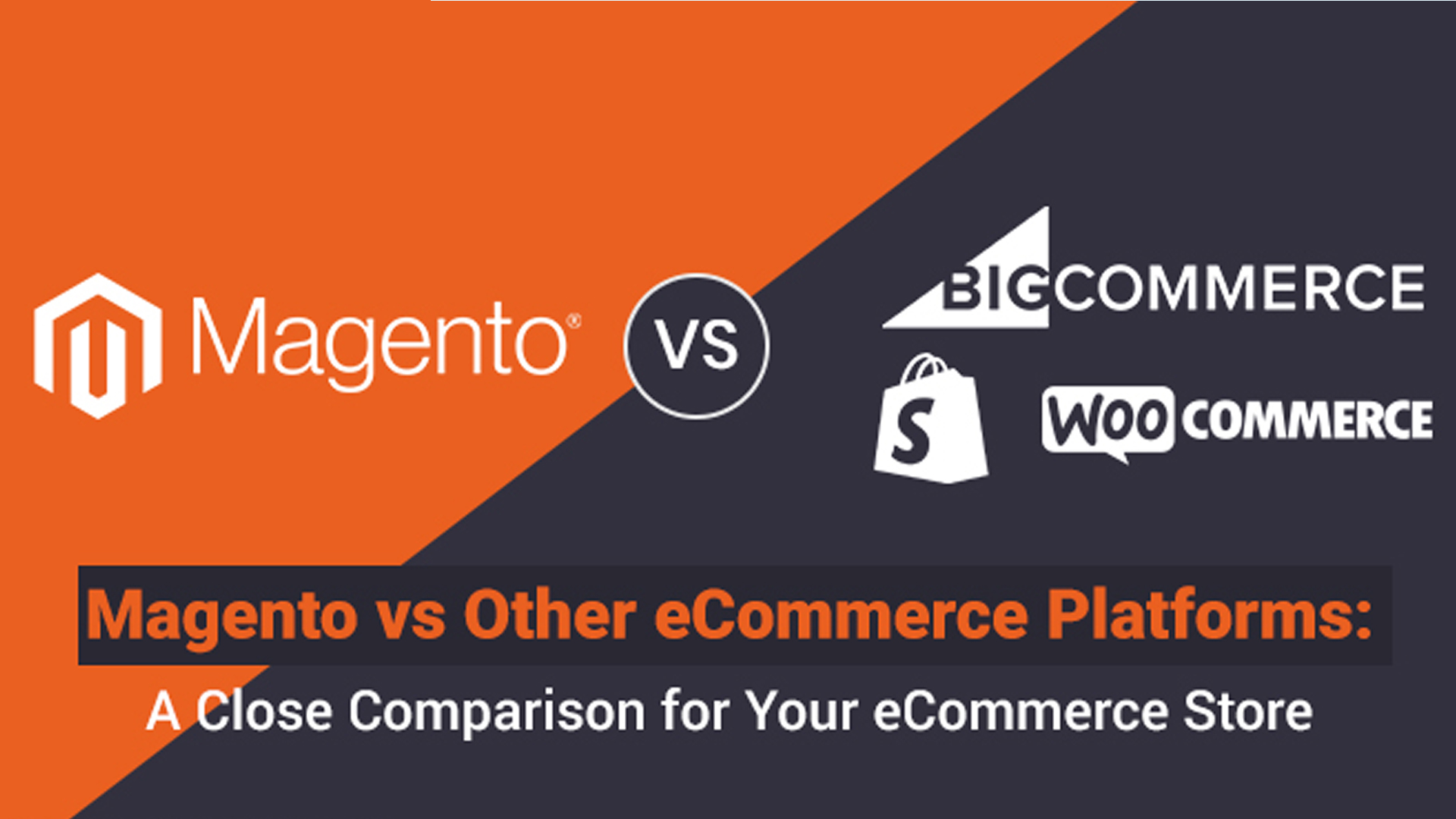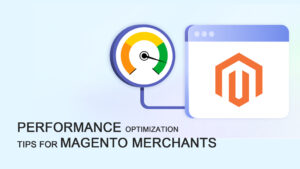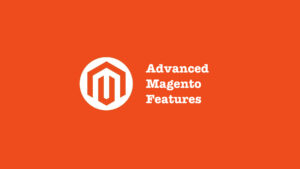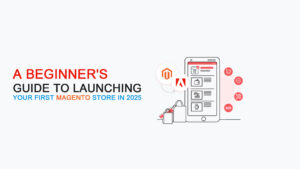🛍️ A Comparative Look at E-Commerce Platform Strengths
Choosing the right e-commerce platform is crucial to the success of your online business. Whether you’re a startup looking to launch your first store or an enterprise-level seller aiming to scale, the platform you select determines your growth potential, cost, and management complexity.
In this blog post, we will dive deep into a comparative analysis of three leading platforms—Shopify, WooCommerce, and Magento—based on their strengths, features, and suitability for different types of users.
🧱 What Is an E-Commerce Platform?
An e-commerce platform is software that allows businesses to manage their online sales operations, including:
- Building a storefront
- Managing products and inventory
- Handling payments and orders
- Offering customer support
- Analyzing performance
Each platform offers a unique combination of tools, pricing, flexibility, and scalability.
🛒 Shopify: Strengths and Features
🔧 Overview
Shopify is a hosted, all-in-one solution that enables you to launch a professional online store without coding. It’s best known for ease of use and fast setup.
💡 Key Strengths
- User-Friendly Interface: Drag-and-drop builder with no coding required.
- Hosting Included: No need for third-party hosting or server setup.
- 24/7 Support: Live chat, email, and phone support available.
- Security: SSL certificate included, PCI compliant.
- App Store: 8000+ apps to add advanced features like upselling, shipping, etc.
💰 Pricing
- Basic: $39/month
- Shopify: $105/month
- Advanced: $399/month
Transaction fees apply unless you use Shopify Payments.
🎯 Best For:
- Beginners and small businesses looking for a simple and quick setup.
- Non-technical entrepreneurs who prefer a managed platform.
⚙️ WooCommerce: Strengths and Features
🔧 Overview
WooCommerce is an open-source WordPress plugin that transforms any WordPress website into a full-featured online store.
💡 Key Strengths
- Flexibility: Fully customizable design and functionality.
- Open-Source: Free to use, with a large developer community.
- Plugins & Extensions: Thousands of plugins for SEO, payment gateways, subscriptions, and more.
- SEO Advantage: Leverages WordPress’s strong SEO capabilities.
- No Vendor Lock-In: Full control of your data and hosting.
💰 Pricing
- Core Plugin: Free
- Hosting: $5–$30/month (depends on provider)
- Paid Extensions: Varies (some essential plugins cost $50–$300 annually)
🎯 Best For:
- Businesses already using WordPress.
- Developers or site owners comfortable with customization and plugins.
🧩 Magento (Adobe Commerce): Strengths and Features
🔧 Overview
Magento, now part of Adobe Commerce, is a powerful platform tailored for enterprise-grade e-commerce operations.
💡 Key Strengths
- Highly Scalable: Suitable for stores with thousands of products and high traffic.
- Multi-Store Capabilities: Manage multiple stores from one dashboard.
- Advanced Features: Product filtering, layered navigation, advanced pricing rules.
- Custom Integrations: Easily connects to CRMs, ERPs, payment gateways, etc.
💰 Pricing
- Magento Open Source: Free (requires developer support)
- Adobe Commerce: Starts from $22,000/year
- Hosting: Self-hosted or via Adobe Cloud
🎯 Best For:
- Large businesses or enterprises with complex requirements.
- Stores with large product catalogs and multiple sales channels.
📊 Feature Comparison Table
| Feature | Shopify | WooCommerce | Magento (Adobe Commerce) |
|---|---|---|---|
| Ease of Use | ★★★★★ | ★★★☆☆ | ★★☆☆☆ |
| Customization | ★★★★☆ | ★★★★★ | ★★★★★ |
| Pricing | Monthly plans | Hosting + Plugins cost | High (Enterprise-level) |
| SEO Capabilities | ★★★☆☆ | ★★★★★ | ★★★★☆ |
| Payment Gateway Options | 100+ | 5000+ | 100+ |
| Scalability | ★★★★☆ | ★★★★☆ | ★★★★★ |
| Maintenance | Minimal | Medium | High |
| Security | Built-in SSL | Depends on setup | Requires expert setup |
📦 Real-World Use Cases
- Shopify: Ideal for dropshipping businesses, small boutique stores, or D2C brands.
- WooCommerce: Perfect for content-heavy websites or bloggers expanding into e-commerce.
- Magento: Built for large B2B/B2C businesses that need performance at scale.
🔍 SEO & Marketing Capabilities
Shopify:
- Basic SEO features built-in
- Apps available for advanced SEO
- URL structure is less customizable
WooCommerce:
- Best SEO potential via WordPress
- Plugins like Yoast SEO offer advanced control
Magento:
- Advanced SEO tools available
- Better suited for enterprise SEO teams
🤖 Performance and Speed
- Shopify: Fast due to optimized cloud hosting.
- WooCommerce: Depends on your hosting provider and optimization.
- Magento: Needs powerful servers and caching for top performance.
🔒 Security
- Shopify: Fully managed; PCI-DSS compliant.
- WooCommerce: Your responsibility—install security plugins and use SSL.
- Magento: Enterprise-grade security, but requires professional setup.
- 🧭 Choosing the Right Platform
- Here’s a quick guide to help you choose:
- Go with Shopify if: You want an easy-to-use platform with fast deployment.
- Go with WooCommerce if: You need full control and already use WordPress.
- Go with Magento if: You’re managing a large-scale business with custom needs.
- 🤔 FAQs
- Q: Which e-commerce platform is best for SEO?
A: WooCommerce is often the best due to WordPress’s built-in SEO features. - Q: Is Magento overkill for small businesses?
A: Yes. Magento is best suited for mid-to-large enterprises. - Q: Can I switch platforms later?
A: Yes, but it involves data migration, which can be complex.
- ✅ Final Thoughts
- There’s no one-size-fits-all e-commerce solution. Your choice should be based on:
- Budget
- Technical expertise
- Business size and goals
- Preferred marketing and SEO tools
- Evaluate your needs carefully and pick the platform that supports your vision for growth.
- 📞 Need Help Choosing the Right E-Commerce Platform?
- At TagVibe, we specialize in building and scaling e-commerce stores on Shopify, WooCommerce, and Magento. Whether you’re starting fresh or migrating, we can guide you from planning to launch.
- 👉contact us for a free consultation today.




